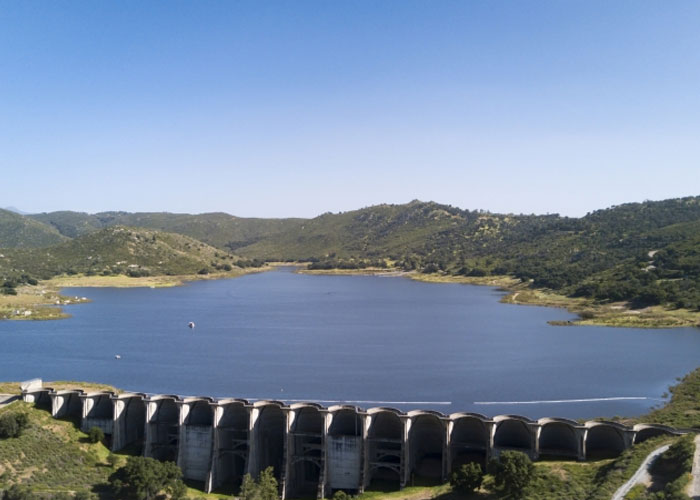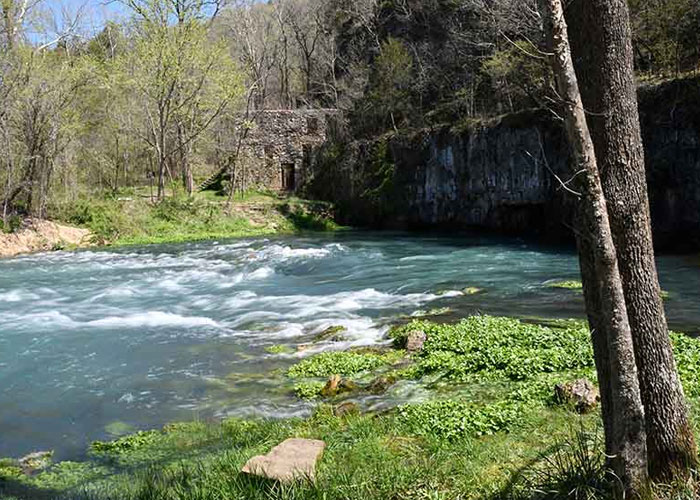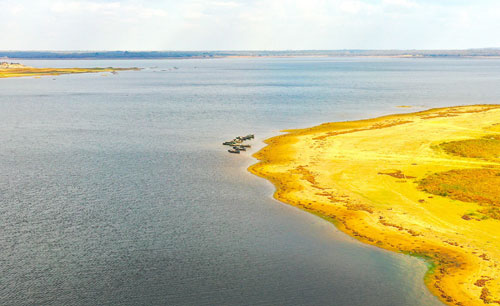The importance of preserving Groundwater is often overlooked, but it is vital for biodiversity, growing food, and keeping the planet healthy. Most people only think of freshwater in surface forms, but it is important to realize that around 30 times more is stored underground. Only 1% of freshwater on Earth can be seen on the surface, and two-thirds of it is locked up in glaciers. Without this Groundwater, our planet would be a much worse place.
Depending on the location of your home, you might have to purchase an STP to handle your sewage. Generally, residential buildings need at least one STP to treat sewage. Many STPs are located underground, making them difficult to maintain. Moreover, you may not be able to inspect them without hiring an expert. It is better to consult a professional if you have any doubts about the process.
Water supply
As the population increases, so does the need for Groundwater. As the world's population increases, so make groundwater withdrawals. However, available surface reservoir sites are increasingly dwindling. For these reasons, preserving Groundwater is essential to the future of California's water supply. However, preserving Groundwater for water supply doesn't mean ignoring water scarcity, but rather ensuring the water we have today is safe for future generations.

A major advantage of Groundwater over other water sources is that it is available almost everywhere. Moreover, Groundwater is often of good quality and is stored below the surface, which protects it from contamination. In addition, Groundwater is often near its final consumers, allowing its use without costly infrastructure and treatment. The key to sustainable groundwater management is scientific knowledge and understanding. Proper management of Groundwater can relieve the problem of overuse.

Nature
As the source of fresh water for many people, Groundwater is critical to maintaining biodiversity and ecosystem functions. Groundwater provides base flows for rivers and streams, providing habitat for many types of animals and plants. A healthy groundwater table also helps to regulate the temperatures of streams and rivers, which is critical for aquatic life. Healthy Groundwater also provides riparian habitat, which allows shallow-rooted native plants to thrive. The importance of Groundwater to ecosystems cannot be overstated.
Groundwater is 99% of the Earth's liquid freshwater. It is a vital part of the water cycle and is used for many purposes, including drinking and dilution. Most rivers discharge their water during low flow periods into Groundwater. Most wetlands owe their wetness to groundwater outflows. It is essential for sustaining ecosystems and human life. In some countries, Groundwater is the only water source available.
Cost
Depletion costs are inversely proportional to groundwater availability and, thus, tend to slow down or even stop in areas where costs are high. The Southwest Caspian Sea, for example, may have substantial water remaining, but uneconomical extraction costs could lead to depletion. Similarly, the Syr Darya may have significant remaining water, but the extraction will be stopped if the costs become too high.
In order to maintain the supply of fresh water, groundwater users must pump it to the surface. Pumping water requires considerable capital investment and operating cash flows. Electricity costs are likely to increase as reserves are depleted. Subsidies for water use are widespread but not ubiquitous. Water users will be less likely to pump water when the costs become too high, and the environment may suffer. But the environmental impacts of such decisions may be worth the expense.
Pollution
The main concern when it comes to groundwater pollution is the toxic waste emitted by the industrial world. The wastes are dumped in landfills, and even though the layers around these sites are supposed to keep contaminants out, the bottom layer can crack and allow these chemicals to seep into water sources. It is estimated that there are more than 20,000 hazardous waste dumps in the U.S. today. Because of this, it is important to find out where these hazardous waste sites are located and if they are contaminated.
A large portion of the nation's drinking water comes from the ground, and preserving its quality is essential to maintaining a stable supply. Despite the fact that Groundwater is often not directly visible, its quality of it is essential for human consumption. Approximately 49 percent of the U.S. population relies on Groundwater as their primary water source. This can be from a public source or a private well.
Overpumping
The importance of preserving Groundwater for human use is clear. If you are interested in farming, water is vital to the production of food and for drinking purposes. The problem of overpumping groundwater poses a number of threats. It damages groundwater supplies and can cause soil to compact and sink. It also decreases the quality of drinking water and damages the environment. While many areas of the world suffer from the effects of overpumping, California is a state that protects its Groundwater.
Overpumping groundwater in California has caused the ground to sink. This sinking water damages the infrastructure and allows arsenic to move into groundwater aquifers. Fortunately, scientists have discovered that overpumping in arid regions can result in the contamination of groundwater sources. Previously well-aerated aquifers can develop low oxygen levels, which allow arsenic to move into Groundwater.







































Share Post